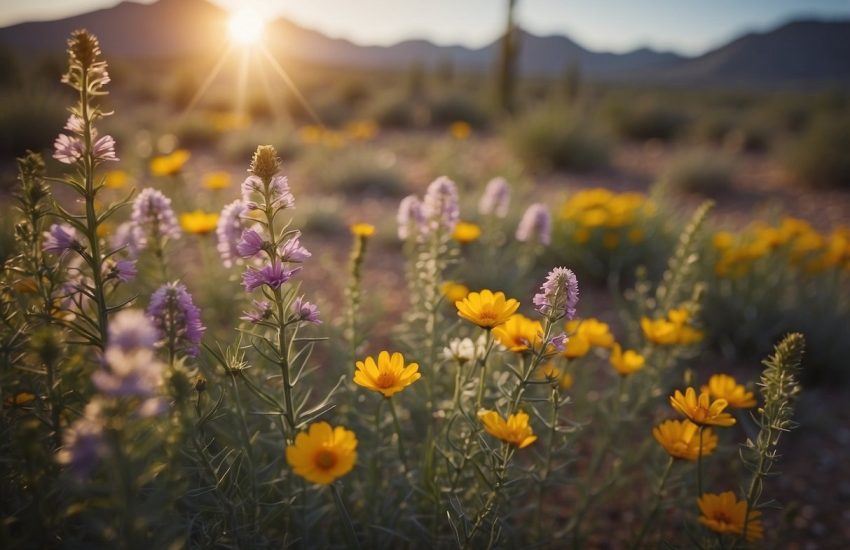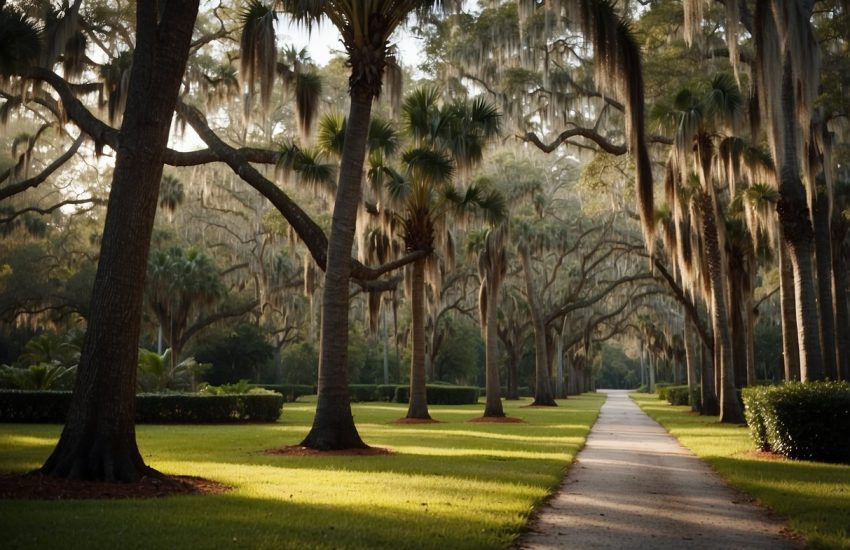White Flowering Trees in Kansas: A Guide to the Best Varieties for Your Landscape
White flowering trees are a popular choice for many gardeners in Kansas due to their stunning beauty and ability to brighten up any landscape. These trees are known for their showy white blossoms that add a touch of elegance and sophistication to any garden or yard. Whether you’re looking for a statement piece or simply want to add some color to your outdoor space, white flowering trees are an excellent choice.

There are many different types of white flowering trees that are suitable for growing in Kansas. Some of the most popular varieties include the dogwood, magnolia, and cherry blossom trees. Each of these trees has its own unique characteristics and growing requirements, so it’s important to choose the right one for your specific needs. With proper care and maintenance, white flowering trees can thrive in Kansas and provide years of enjoyment for you and your family.
If you’re considering adding a white flowering tree to your garden or yard, there are a few things to keep in mind. First and foremost, make sure you choose a tree that is well-suited to the Kansas climate and soil conditions. It’s also important to select a location that receives plenty of sunlight and has good drainage. With a little bit of research and planning, you can create a beautiful outdoor space that is sure to impress.
Identifying White Flowering Trees in Kansas

Kansas is home to a diverse range of white flowering trees that can add beauty and elegance to any landscape. Here are some tips for identifying and caring for these trees.
Characteristics of Common Species
Some of the most common white flowering trees in Kansas include the flowering crabapple, serviceberry, eastern redbud, dogwood, star magnolia, weeping cherry, Carolina silverbell, black locust, downy serviceberry, fringe tree, golden rain tree, Japanese tree lilac, seven-son flower, common smoke tree, and sweet bay magnolia. These trees vary in size, shape, and flower type, but all produce fragrant white flowers that can attract pollinators and add visual interest to the landscape.
Optimal Growing Conditions
Most white flowering trees prefer well-drained soil and full sun to partial shade. Kansas has a continental climate with distinct seasons and semi-arid conditions, so it’s important to choose trees that are hardy and drought-tolerant. Some species, such as the black locust and sweet bay magnolia, are particularly well-suited to the Kansas climate and soil conditions.
Caring for White Flowering Trees
White flowering trees require regular pruning to maintain their shape and health, and may be susceptible to pests and diseases such as soil compaction and root issues. To ensure optimal growth and health, it’s important to provide these trees with proper care and maintenance.
Environmental Benefits and Uses
White flowering trees provide a range of environmental benefits, including shade, habitat for birds and other wildlife, and food for pollinators. They are also commonly used as ornamental trees in gardens and landscapes, adding eye-catching beauty and elegance to any setting.
Selection and Planting Tips
When selecting and planting white flowering trees, it’s important to choose species that are well-suited to the Kansas climate and soil conditions. Consider factors such as size, shape, flower type, and fall foliage when making your selection. Plant trees in a location that receives adequate sun and water, and provide proper care and maintenance to ensure optimal growth and health.
Common Challenges and Solutions
White flowering trees may be susceptible to pests and diseases such as soil compaction and root issues. To prevent these issues, it’s important to provide proper care and maintenance, including regular pruning and fertilization. If problems do arise, consult with a professional arborist or horticulturist for advice on how to address them.
Landscaping and Design Ideas
White flowering trees can be used in a variety of landscaping and design settings, including as shade trees, accent trees, and focal points in gardens and landscapes. Consider using these trees in combination with other native plants and ornamental trees to create a visually stunning and ecologically diverse landscape.
Historical and Cultural Significance
White flowering trees have a rich history and cultural significance in Kansas and throughout North America. They have been used for food, medicine, and ornamental purposes for centuries, and continue to play an important role in the cultural and ecological landscape of the region.
Conservation and Preservation Efforts
Many white flowering trees are native to Kansas and other parts of North America, and are an important part of the region’s ecological heritage. Efforts to conserve and preserve these trees and their habitats are ongoing, and include initiatives such as planting and restoration projects, education and outreach programs, and research into the ecology and biology of these trees.
White Flowering Tree Varieties in Kansas

Native Species Overview
Kansas is home to several native white flowering trees, including the Serviceberry, Eastern Redbud, and Dogwood. These trees are well adapted to the local environment and provide important ecological benefits. The Serviceberry, for example, produces edible berries that are popular with birds and other wildlife, while the Eastern Redbud and Dogwood provide nectar for pollinators.
Ornamental and Introduced Species
In addition to native species, there are many ornamental and introduced white flowering trees that thrive in Kansas. These include the Magnolia, Crabapple, and various ornamental cherry trees. Many of these trees are of Asian or European origin and have been selectively bred for their showy flowers. The Malus spp. (flowering crabapples) are particularly popular, with a wide variety of cultivars available.
Rare and Uncommon Varieties
While most white flowering trees in Kansas are fairly common, there are a few rare and uncommon varieties worth noting. The Japanese Pagoda Tree, for example, is a beautiful tree with fragrant white flowers that is rarely seen in the state. The Silver Linden and Yellowwood (Cladrastis kentukea) are other uncommon white flowering trees that may be found in select locations. Fringe trees and Seven-son flowers are also worth mentioning as unique and interesting white flowering trees that are not commonly seen in Kansas.
Overall, white flowering trees are a beautiful and valuable addition to any landscape in Kansas. Whether you prefer native species or ornamental varieties, there is sure to be a white flowering tree that will thrive in your yard or garden.


